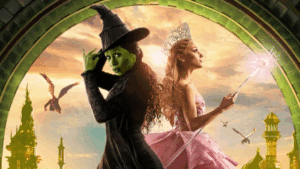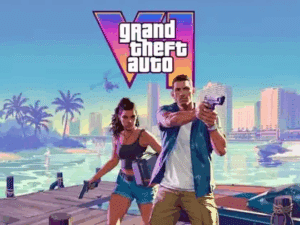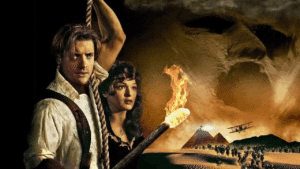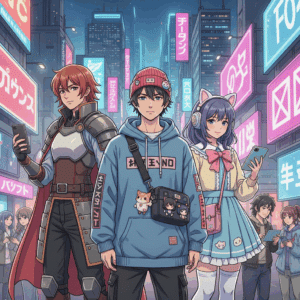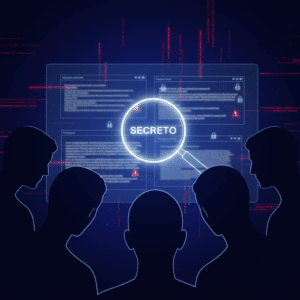🎯 80s and 90s – Education and technology
During the 1980s and 1990s, LEGO expanded its reach into education and technology:
- LEGO Dacta (LEGO Education): educational kits used in schools to teach science, mathematics and engineering.
- LEGO Mindstorms: Launched in 1998, it combined LEGO bricks with programmable sensors and motors, allowing the creation of computer-controlled robots.
It was also during this time that LEGO began developing its first licensed lines, with themes such as Star Wars and Harry Potter, which boosted sales and brought the brand closer to the geek universe.
📉 Crisis of the 2000s – The challenge of reinventing oneself
Despite the success, the turn of the millennium brought challenges.
LEGO overexpanded, launching products outside its core focus, such as clothing, watches, and even low-quality video games. Sales declined, and in 2003 the company recorded a loss of $300 million.
The solution came with a radical restructuring:
- Elimination of unprofitable lines.
- Focus on the core business (construction sets).
- Expansion of lucrative licenses such as Star Wars.
- Creation of new LEGOLAND parks.
🎥 The LEGO era in cinema
The launch of The LEGO Movie in 2014 was a turning point.
The film grossed over $450 million and proved that the brand had potential beyond toys.
The success generated sequels and spin-offs, as LEGO Batman Movie and LEGO Ninjago.
These productions reinforced LEGO's image as part of pop culture, appealing to both children and adults.
🌱 Sustainability and future
In recent years, LEGO has invested heavily in sustainability:
- Development of parts made from plant-based plastic, derived from sugarcane.
- Research into recycled plastics to replace traditional ABS.
- Goal to make all production greener by 2030.
The brand also continues to innovate in the digital sphere:
- Interactive sets such as LEGO Super Mario, which combine physical pieces with mobile applications.
- Platform expansion LEGO Ideas, where fans submit projects that can be turned into official products.
📊 LEGO Today – Impressive Figures
- More than 75 billion pieces produced per year.
- Presence in more than 130 countries.
- More than 10 thousand different types of pieces and colors.
- They exist more LEGO minifigures than human beings on Earth.
See also:
- 🌪️ Wicked 2: Everything we know about the highly anticipated sequel
- 🏆 App to watch the Grammys: how to enjoy the gala from your cell phone
- 🎮 GTA 6 ADIADO NOVAMENTE
- 🧟 The Mummy Returns: The return of a classic and the return of its stars
- Global expansion of the otaku phenomenon: anime communities, fashion, economy and culture around the world
💡 Curiosities that few know
- LEGO manufacturing tolerances are so tight that only 18 pieces in every million are defective.
- The pieces manufactured in 1958 still fit perfectly with today's pieces.
- Officially, the company never uses the word “LEGOs” in the plural; it’s always “LEGO.”
🏆 Legacy and cultural impact
LEGO is not just a toy manufacturer: it is a platform for creative expression.
For many, it is a link between childhood and adulthood, capable of teaching engineering, design, and problem-solving concepts in a fun way.
His career is an example of business resilience, constant innovation, and loyalty to a simple but powerful purpose: inspire and develop the builders of tomorrow.


